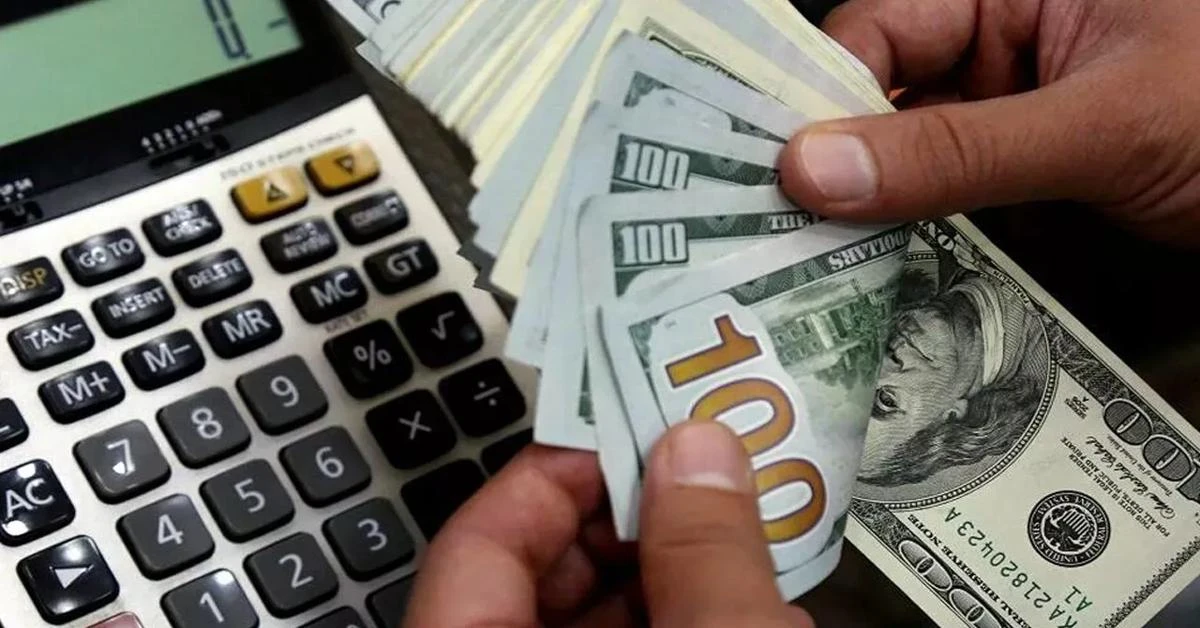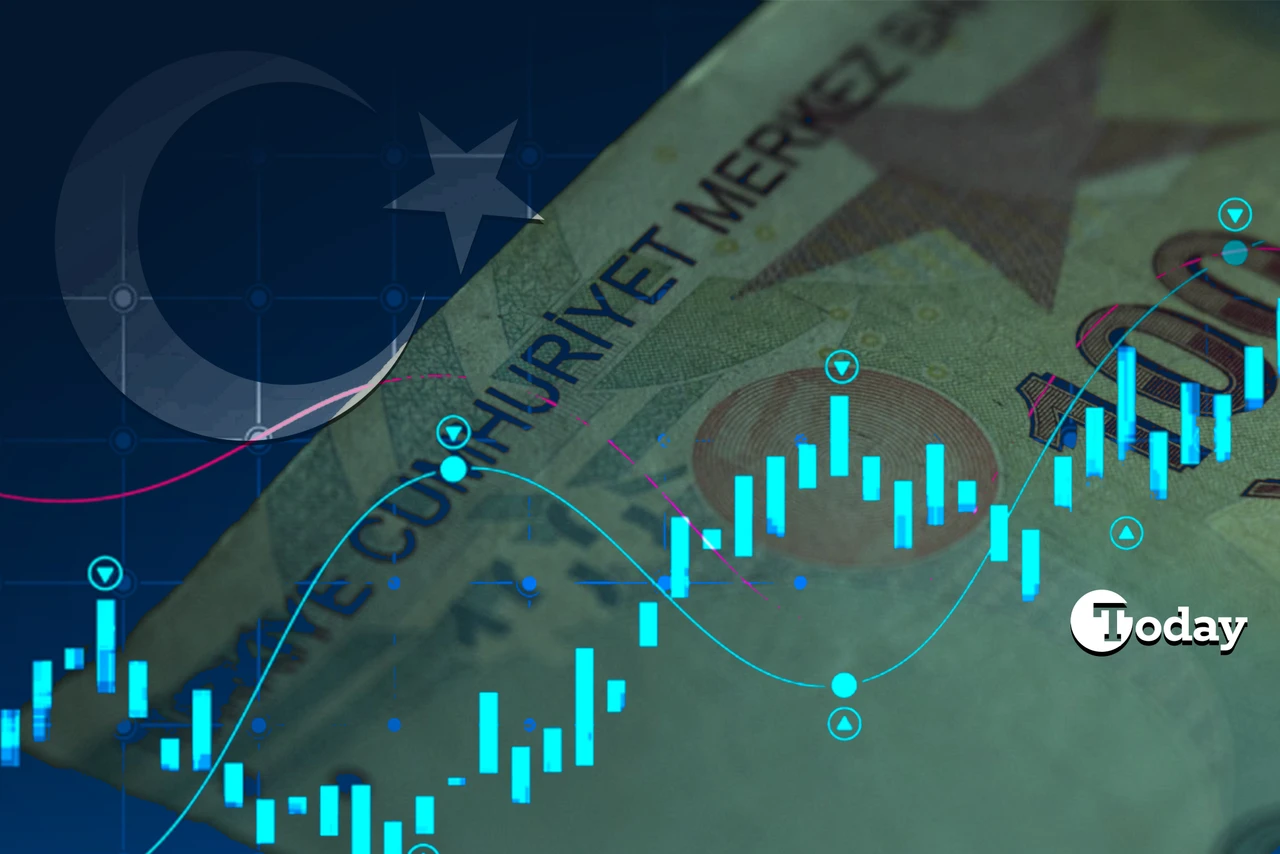Turkish Lira’s stability spurs investor confidence, economic optimism

Türkiye’s financial landscape benefits from a strengthened lira, reduced foreign currency holdings, and an improved country risk premium following a decisive central bank rate hike
The Turkish lira opened at 32.27 to the dollar on May 8, reflecting weeks of stability and an appealing yield that has accelerated domestic investors’ sell-off of foreign currency.
Following a significant 500-basis point rate hike by the Turkish Central Bank (TCMB) in late March, residents’ foreign currency deposits, which had peaked at $185.8 billion, have now declined by around $10 billion as per the latest April 26 data.
Türkiye’s economic landscape is undergoing rapid transformation and recovery, boosted by a continuous influx of foreign capital and a series of credit rating improvements.
These developments have pushed Türkiye’s country risk premium (CDS) down to 282, marking its lowest since February 2021.
The TCMB has stabilized the dollar rate and significantly increased its reserves in the first week of May. Currently, the dollar fluctuates slightly between 32.13 and ₺32.30 in foreign exchange offices, stability underpinned by the valued lira policy endorsed by the economic management team.
Economist Kerim Rota provides insights into the future of the Turkish lira, noting: “The story of the Turkish lira’s real appreciation could extend well into the end of 2025. This year, a possible rate cut might not happen before October or November.”
“Despite the high interest rates, we are seeing a rise in consumer credits due to the delayed effects of the Central Bank’s stringent policies,” he added.
TUSIAD Chief Economist Gizem Oztok Altinsac comments on Turks’ shifting currency preferences: “With the lira becoming more attractive due to prolonged high deposit interest rates, we are witnessing a shift back to the lira. This is key to stabilizing the demand for foreign currency among the public. For this trend to become entrenched, inflation must begin to decrease.”
Altinsac also recalled the change in Türkiye’s economic behaviors.”Back in 2013, dollarization was about 30%. Today, including KKM, it stands at 55%. We need to address the KKM part soon for continued stability,” he said.
Despite these positive trends, the stable dollar and strong lira also bring new challenges, notably in the increase of consumer goods imports, which could adversely affect inflation rates.
“The quick increase in the Central Bank’s reserves is positive, but the current exchange rate levels are boosting import consumption. The latest foreign trade data reflect this, and it is vital that we manage this balance carefully,” Professor Dr. Ali Hepsen warns.
Source: Newsroom



